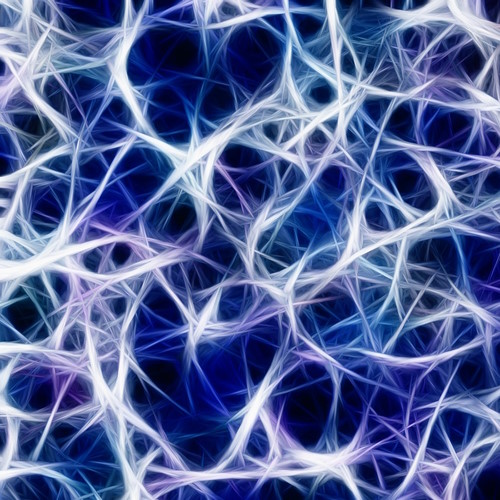Key points from article :
For decades, a major challenge for scientists is central nervous system.
That don't have significant capacity to repair itself after injury or after the onset of a degenerative disease.
When the therapy is injected, the liquid immediately forms a network of nanofibres.
Matching the structure around the spinal cord. The difficulty then is in communicating with the body’s cells.
Receptors in neurons and other cells constantly move around.
Therapy is finely tuned to match the motion of the cellular receptors.
Molecules of the therapy are likely to come into contact with the moving receptors more often.
Key innovation is to control the collective motion of more than 100,000 molecules within our nanofibres.
Once the molecules have connected with the receptors, they send two signals which kickstart the repair process.
Samuel I Stupp, who led the study says "...similar to those in the brain affected by stroke and neurodegenerative diseases".
Research by Northwestern University published in Science.






